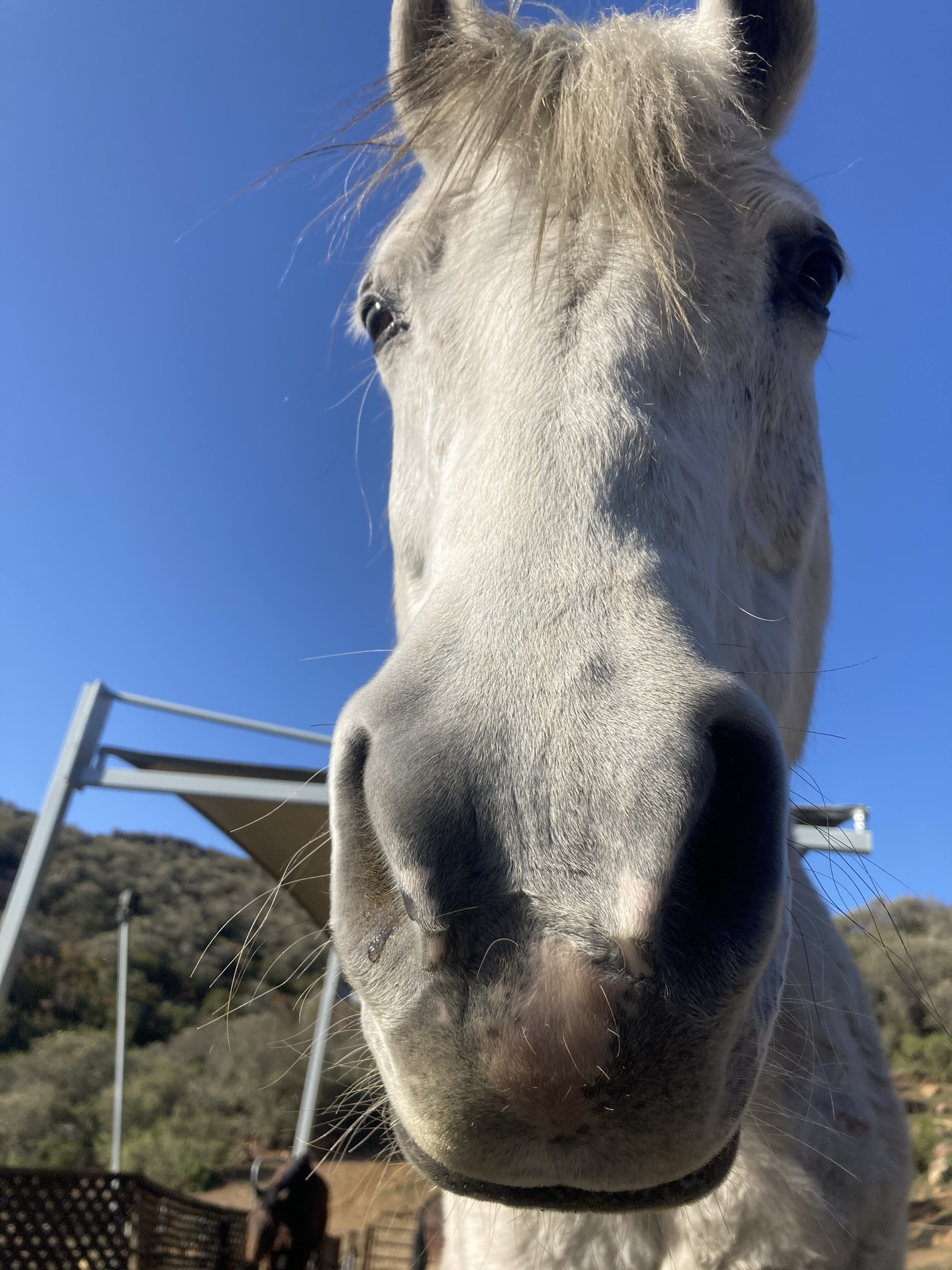
Our emotions are one of the main things that make us human and yet the relationship that we humans have with our emotions tends to be tenuous at best. So often, we reject and avoid our emotions, especially those labeled as “negative”. We have learned that showing emotion is a sign of “weakness”, that we should remain in control of our emotions, that we shouldn’t show them, and quite possibly that we shouldn’t even have them. However, this type of condemning of our feelings does us much more harm than good.
Honoring and respecting our emotions leads not only to authenticity and balance, but to a sense of inner peace. When we allow our emotions the time and space they need to exist, we maintain our relationship with them, giving us the opportunity to understand and release them in a healthy manner. Often, our resistance to our emotions creates much more pain than the emotions themselves.

Emotions are not permanent, they come and go like the weather. It is our blocking and holding on to our emotions in an effort not to feel them that causes prolonged suffering. When we allow our feelings to come up and to release, we make space for new feelings to arise and take their place. We have more control over our thoughts and actions when we aren’t trapping our emotions inside ourselves, giving them the opportunity to influence us in ways we may not have consciously chosen.

There is no bypassing our emotions. Once emotions are present within us they manifest in our bodies as energy. Think about the way your emotions make you feel – you can feel them in your body, your heartbeat, your stomach, tension in your shoulders, tears in your eyes, laughter, your breath, they even affect your thinking. Emotions are powerful influencers! If we do not acknowledge and recognize our feelings when they come up and allow them the space that they need (and deserve) to be processed, then we lose touch with our emotions and our ability to regulate them. We may try to push them aside but the energy of our emotions is still there, within us, and it has to go somewhere! When we resist our natural emotional responses, all we are doing is delaying the inevitable and often times even magnifying it. Whatever the “reason” for an emotion once it has manifested there is no rewinding it. Those feelings will come up and out, but most likely in ways that we didn’t expect or might not even be aware of, influencing our thoughts and actions and making us feel out of control.
Here are some tools that you can use to help you create harmony with your emotions:

1 – Respect and honor them. Our emotions are a response to a variety of conditions – our thoughts, our expectations, our past experiences, our ideas, our attachments – and can also be influenced by physical conditions, hormones, nervous system, energy and the emotions of others. Although we may have some control over the conditions that affect our emotions, once our emotions are there, they are there. There’s no backtracking or erasing an emotion once it’s come up. The only way through it and onto the next one is to recognize it, let it be and let it go. This requires feeling it which, depending on the emotion, can be uncomfortable. But the more that we get used to honoring our emotions and recognizing them as a natural part of being human – a processing system of the human experience – the more ease we will have in navigating them.

2 – Allow the flow. Emotions occur in the present. Only new information, thoughts and experiences can create new emotions. When we repeat a story in our heads about the past or the future, we may have an emotional response to it because we are bringing that experience into the present moment with our thoughts. Emotions aren’t designed to be transformed or changed, they need to run their course, to be experienced and released, so that new emotions may come and take their place. If you resist your emotions, you are resisting the natural process of moving through one emotion to the next waiting emotion. Much like a moment in time, emotions do not stop or move backwards, they are progressive. Like water, if we resist our emotions by attempting to stop them from flowing along their natural course, they collect and gain pressure like a river behind a dam. No new emotions can get through until the resistance to emotions in general, the dam, is opened. Until then the energy stays stuck unable to move forward and be released. When we have a build up of that emotional energy it creates pressure. When the pressure gets to be too much, that energy gets misdirected into other areas that we didn’t choose and often don’t make sense, in an effort to find a way out, to release. Once we open the channel and allow the emotions to come through, we can transition to new emotions inspired by our current moment and pressure is relieved.

3 – Be Mindful. We can get so busy in our daily lives and we’re so used to our focus being on productivity that it can be easy for emotions to go unnoticed or even ignored. It’s important to check in with yourself regularly to recognize and acknowledge how you may be feeling. This doesn’t require anything special and doesn’t mean you need to take any additional action once you notice the feelings that may be coming up. Simply pay attention. Take a pause and an extra breath every now and then to check in with yourself and to notice what might be coming up for you. The more you get in the habit of being mindful of your emotions, the easier it will be to recognize how you may be being influenced by them and if you need to offer yourself time to process any emotions before moving forward into action. If you have trouble remembering to do this on a regular basis, start by giving yourself reminders to do so throughout the day – write yourself notes, set an alarm. The more you practice the behavior intentionally, the more natural it will become in time. Meditation is another amazing tool you can use to connect with yourself and gain insight into what is going on inside. If you are new to meditation or have trouble committing to a daily practice, seek out meditation classes or tutorials to help you get started and stay accountable.

4 – Make Space. A big part of honoring our emotions is giving them the space that they need to be present. Our feelings are a big part of our lives and have a strong impact on what we think and how we act. As a fundamental building block of how we show up in the world, our emotions deserve our time and respect. So make space for them. Recognize that sometimes you will need to give yourself time to feel and make this a priority. It can be helpful to create a physical space to do so as well. If possible, choose a place that makes you feel comfortable, safe and secure. A perfect location isn’t necessary but stepping aside somewhere quiet and designating it as a time and space for you to process, can be helpful and supportive in allowing yourself the opportunity to open up to your emotions and feel whatever you need to.

5 – Breathe. The breath is a powerful tool and the current on which our emotions ride. So much can be released and passed through with the assistance of our breath. You may find that when you are holding on to anything, resisting or attempting to stop something from happening, you are probably also holding your breath. Let the breath go. Focus on your breath and allow it to help move and carry your emotional energy out of your body. While simply remembering to breathe naturally in general will help immensely when we find ourselves subconsciously tightening and holding our breath, regulating the breath can also help create a sense of stability and calm when moving through uncomfortable or challenging emotions. There are many different breathing exercises you can try, a simple one is counting the breath to a number such as 4 or 8 as you inhale and then counting the breath to that same number or a higher one as you exhale, repeating the process for several breaths. Breathwork classes are a great opportunity to learn how to use the breath as an assistant to release emotions while having a guide and extra support while doing so.

6 – Let go of judgement. There are no “negative emotions”. There are low vibration emotions (sadness, anger, fear) and high vibration emotions (joy, love, gratitude). Both are equally as important and valid in our human experience. Do not judge your emotions or yourself for having them. Judging them isn’t going to help you experience them, in fact, it will most likely create resistance to them, getting you stuck with them for longer than you would have been if you had just allowed them to be. If you notice that you seem to be drawn to a particular emotion more often than you’d like, you can choose to work on shifting your perspective on the way you see things, which may also change the way that you feel and react to a situation. Shifting your perspective on an ongoing situation that you are currently experiencing may also allow the opportunity for you to create a new and different emotional response to it. Changing the thoughts you are having may lead to new emotions that are inspired by new thoughts, but once a response has occurred and an emotion is within you, don’t judge, just let it go and move forward. Labeling or agonizing over an already existing emotion is a waste of energy. You can use that energy to work on changing some of your viewpoints in an effort to modify your future emotional responses.

7 – Understand and listen. Our emotions are a form of communication. They give us insight into our perceptions and our inner life. When an emotion comes up, it is a signal, information being conveyed. When we start recognizing our emotions as such, it can be easier to accept them, see their purpose and even learn and grow because of them. When we honor and respect our feelings, we open up an opportunity for greater understanding of ourselves and our complexities. When we listen to the messages that are coming through to us through our feelings, we give ourselves the chance to better understand how our emotions are triggered, what we can expect and where we can go from there.

8 – Get support. Dealing with emotions can be challenging, intense and even scary, especially if we are not practiced or comfortable with feeling our emotions. Having support can be incredibly helpful in feeling safe enough to feel and release our tougher emotions. Seek out support from a friend or loved one who has offered their time and is willing help you create a safe space. The best candidate would be someone who is a good listener and comfortable with their own emotions and the emotions of others. If you don’t have someone in your life that could fit that description, seek help from a support group or a mental health professional. Our team of human and equines are here to offer support as well.
